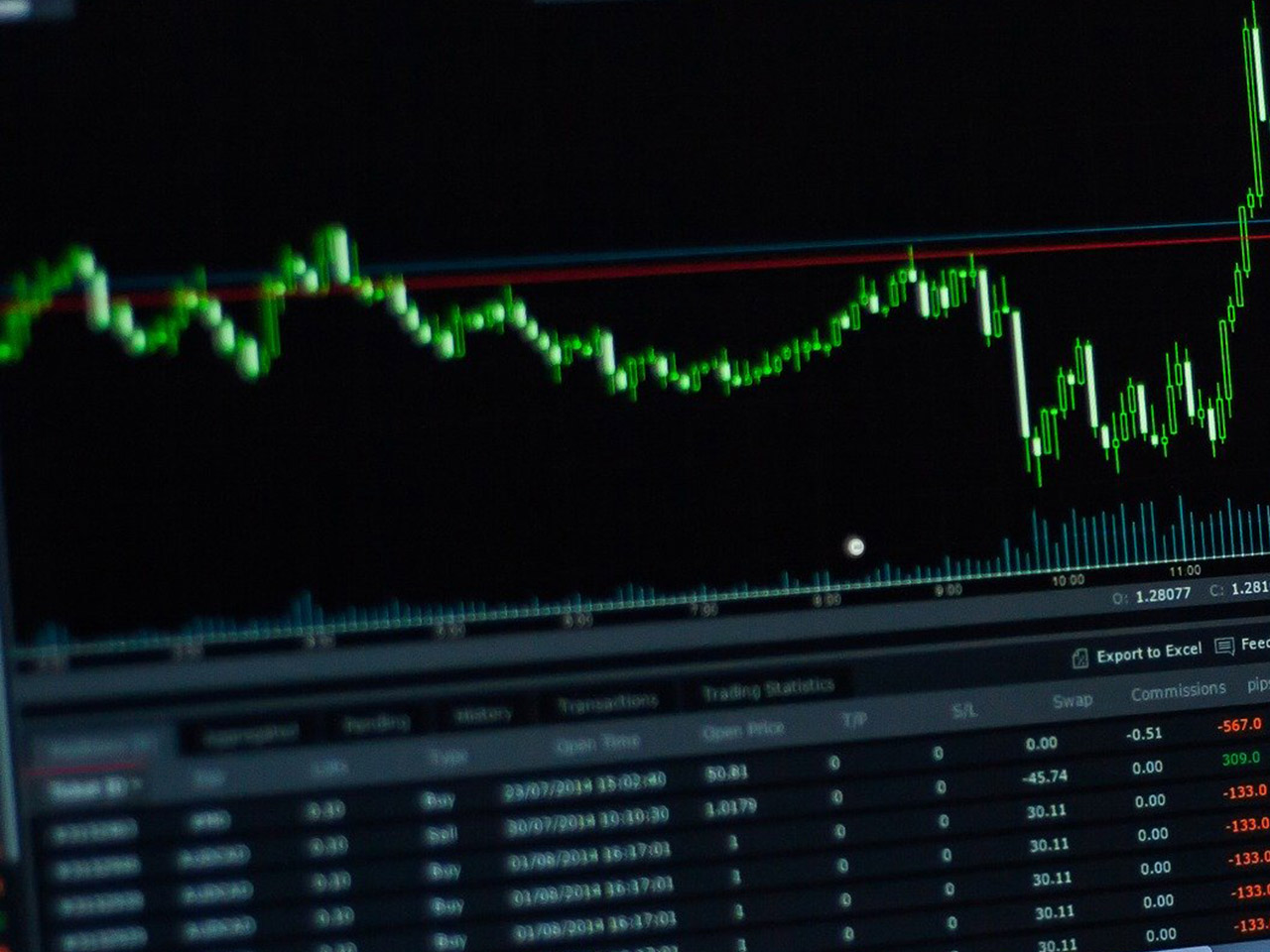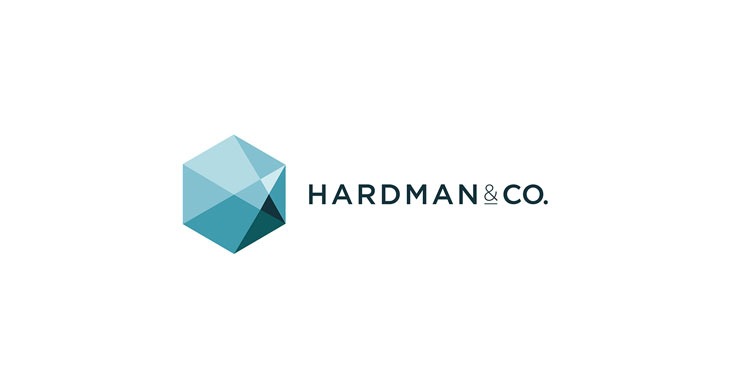Temple Bar Investment Trust (TMPL.L), a significant player on the London Stock Exchange, offers investors a distinctive opportunity to consider within the investment trust landscape. With a market capitalisation of $920.69 million, Temple Bar stands as a formidable entity, attracting attention with its current price of 323.5 GBp. Despite a modest price change of 3.50 GBp, reflecting a 0.01% movement, there are several factors that potential investors should consider when evaluating this investment trust.
The current pricing sits at the peak of its 52-week range of 3.10 – 323.50 GBp, suggesting a period of strong performance in recent times. This bullish trend is further underscored by technical indicators such as the 50-day and 200-day moving averages, which are positioned at 234.89 and 265.93 respectively. The 50-day moving average significantly surpasses the 200-day moving average, indicating upward momentum. Additionally, the RSI (Relative Strength Index) of 65.91 hints at the trust being near the overbought territory, which could signify sustained investor interest.
While Temple Bar’s valuation metrics are currently unavailable, the trust continues to draw attention from the analyst community. The sole analyst rating available for Temple Bar is a ‘Buy’, suggesting confidence in its future potential. Although specific target prices and potential upsides are not presently disclosed, the ‘Buy’ rating indicates a positive outlook from the analyst’s perspective.
Despite the lack of detailed performance metrics such as revenue growth, net income, and earnings per share (EPS), Temple Bar’s standing in the market is bolstered by its technical performance and market sentiment. The MACD (Moving Average Convergence Divergence) value of 40.09, paired with a signal line of 23.02, further supports the notion of a positive momentum trend, possibly enticing for momentum investors.
Dividend information, a crucial aspect for income-focused investors, is currently unspecified. However, the historical performance and strategic direction of the trust might offer insights into its potential to deliver consistent returns.
For investors considering Temple Bar, the primary focus should be on monitoring technical indicators and market sentiment closely. The trust’s position at the upper end of its 52-week range, coupled with the favourable ‘Buy’ rating, may suggest a robust outlook. However, as always, potential investors should conduct comprehensive due diligence, considering their investment goals and risk tolerance.
In the dynamic landscape of investment trusts, Temple Bar’s current trends and analyst endorsement may present a compelling opportunity for those looking to diversify their portfolios with a focus on market performance and strategic positioning.





































